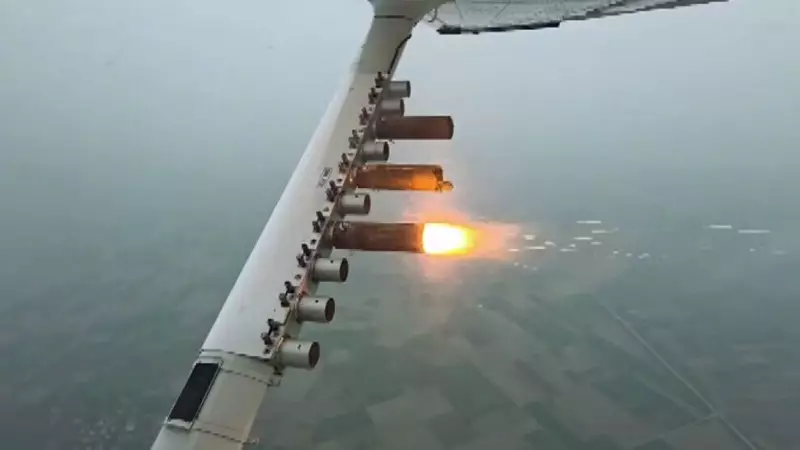
In a significant development for Delhi's battle against air pollution, the much-anticipated cloud seeding trial has been temporarily postponed. The Delhi government has put its artificial rain plans on hold due to insufficient moisture in the atmosphere, delaying what could be a groundbreaking solution to the capital's persistent pollution crisis.
Why the Delay?
The decision to postpone comes after careful monitoring of atmospheric conditions revealed inadequate moisture levels. According to government officials, the cloud seeding operation requires specific environmental parameters to be successful, including sufficient cloud cover and moisture content. Current conditions simply don't meet the necessary criteria for the artificial rain experiment to proceed effectively.
The Science Behind Cloud Seeding
Cloud seeding involves dispersing substances into the air that serve as cloud condensation or ice nuclei. This process alters the microphysical processes within the cloud, potentially enhancing precipitation. The technique has shown promising results in other parts of the world for addressing water scarcity and pollution concerns.
Collaborative Effort with IIT Kanpur
The Delhi government has been working closely with IIT Kanpur, which has prepared a detailed project report for the cloud seeding initiative. The prestigious institution has identified potential dates between November 20 and November 22 for the next attempt, provided weather conditions become favorable.
Environmental Implications
This artificial rain project represents one of the most innovative approaches to tackling Delhi's severe air quality issues. During winter months, the capital typically experiences hazardous air pollution levels, making such technological interventions potentially crucial for public health protection.
While the delay may be disappointing for residents hoping for immediate relief from pollution, authorities emphasize that waiting for optimal conditions is essential for the project's success and scientific validity. The government remains committed to implementing this solution once nature provides the necessary atmospheric support.





